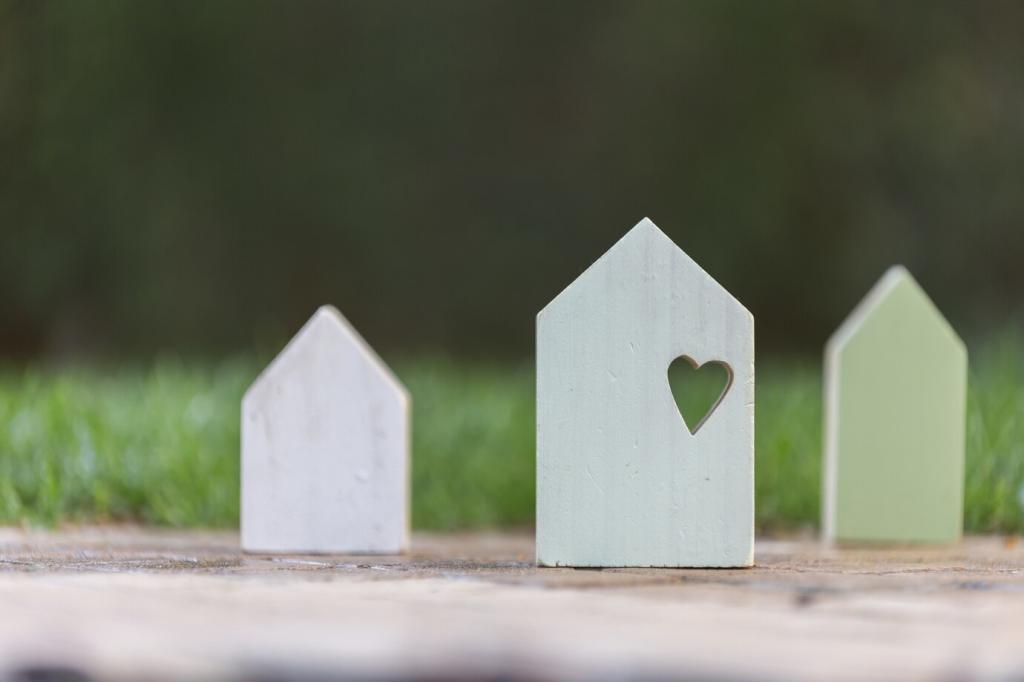Planning, Incentives, and Community Momentum
Focus on lifecycle costs: energy saved, maintenance avoided, and incentives earned. Tax credits and rebates can swing decisions, while longer lifespans reduce waste. Track your utility bills and share results so fellow readers can benchmark and plan with confidence.
Planning, Incentives, and Community Momentum
Consult a structural engineer for loads and uplift. Document fire ratings, wind zones, and drainage. Clear drawings speed permits and reduce surprises during installation. If you’ve navigated a tricky approval, drop a comment—your insights may save someone weeks.







